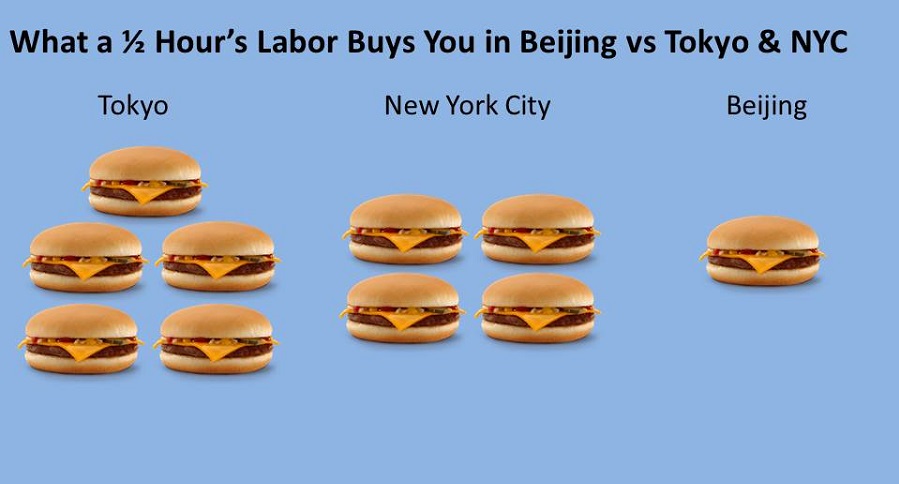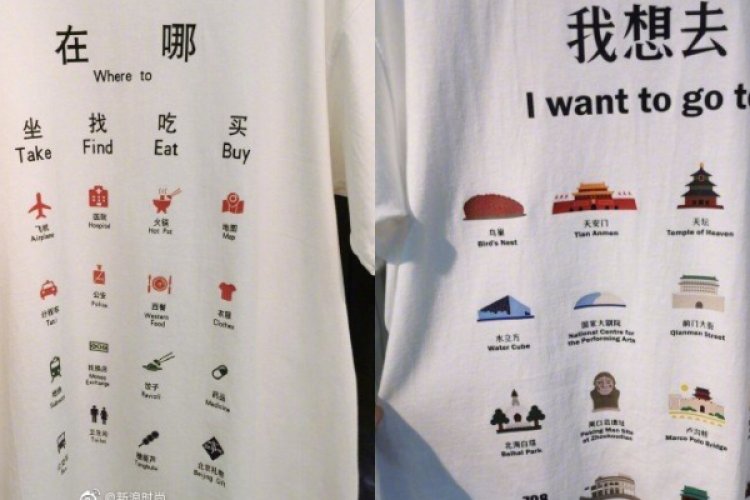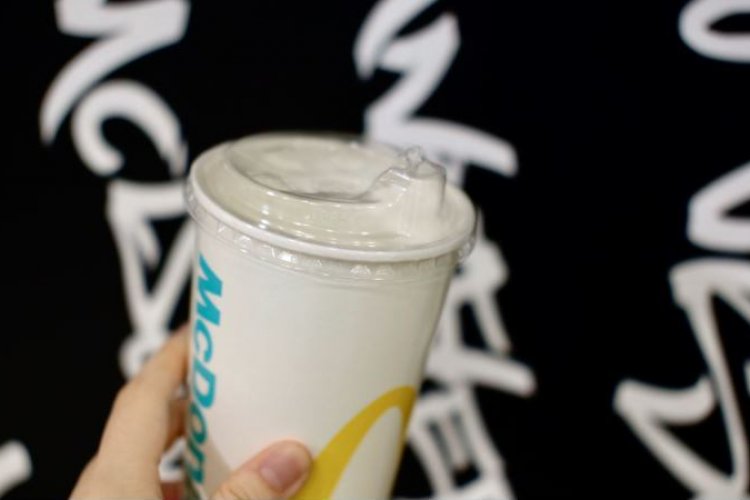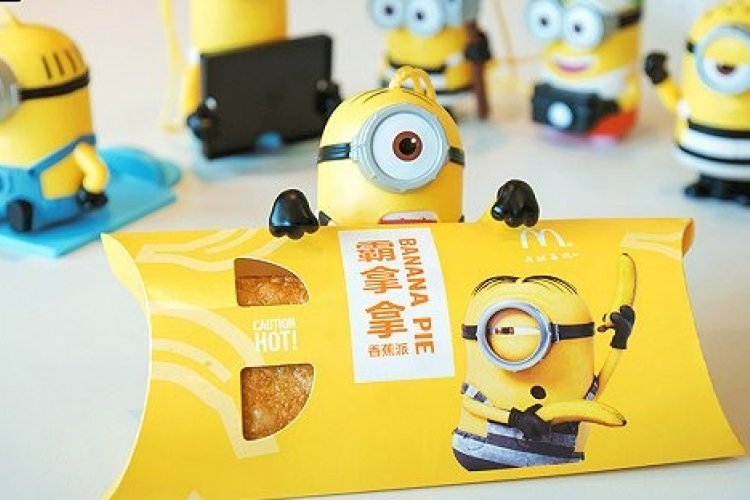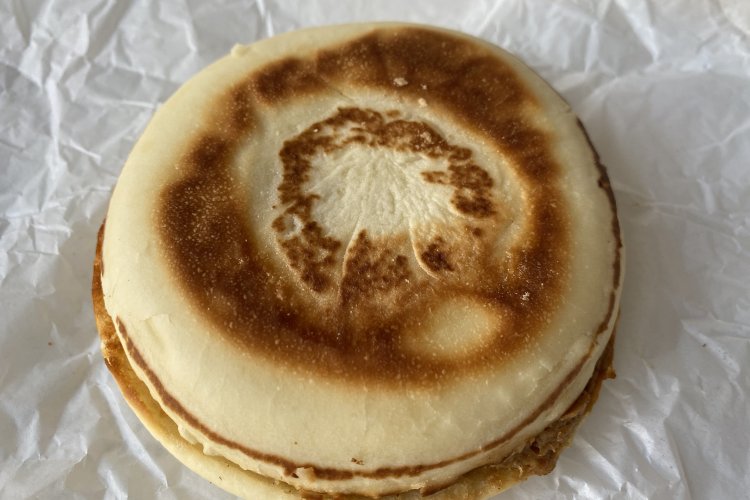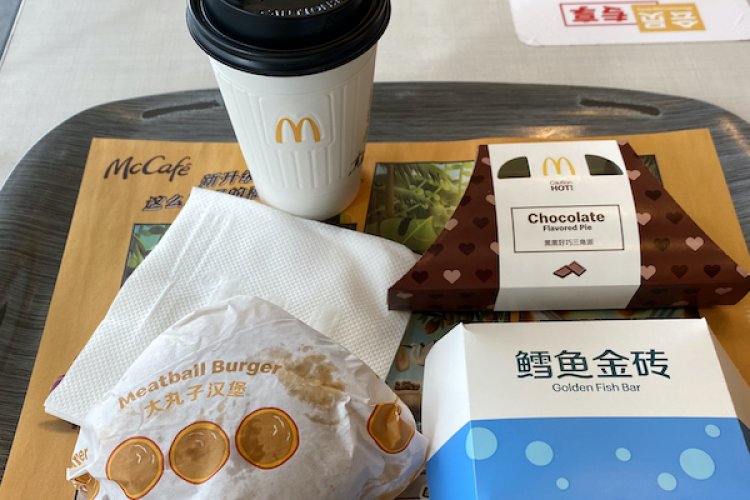I imagine an average worker in Tokyo or NYC is significantly more productive during that 1/2 hour than the average worker in Beijing.
Working Stiffs Stiffed: What Your Wages Will Buy in BJ vs Tokyo and NYC
Living costs in Tokyo are famous for being among the world’s highest – for many years the Japanese capital has been ranked in the top five of the world’s costliest cities.
Living expenses in Beijing have also skyrocketed in recent years. Still, few people would conclude that it's more expensive to live in Beijing than in Tokyo. And while it may be true that the absolute living costs in Tokyo are higher than Beijing, what's missing in the comparison is taking local wages into account.
A few days ago HuashengJP.com, a website for Chinese expats in Japan, surveyed Tokyo and Beijing’s living costs, taking both prices and wages into consideration. After they published their results on Tuesday, it immediately became one of the hottest posts on Wechat.
Below is the comparison data they came up with, while we added an additional city – New York City – into the comparison. The question is simple: what can you buy in Tokyo, NYC and Beijing with the earnings from half hour’s labor in these three cities?
The average income for low-wage workers in Tokyo, such as shift workers at McDonald’s or cashiers at local grocery stores, is about JPY 900-1100/hour, a little more than the Japanese minimum wage which is JPY 888/hour. In NYC, most low-wage workers make the USD 8/hour minimum wage. In Beijing, the average wage for low-wage workers is about RMB 10/hour. Under the current exchange rates, JPY 500 roughly equals RMB 26, and USD 4 roughly equals RMB 24.
Now let’s take a look at what you can buy with JPY 500 (RMB 26) in Tokyo, USD 4 (RMB 24) in NYC and RMB 5 in Beijing. (Beijing and Tokyo data are from HuashengJP’s article, while New York City data was sourced from the internet)
Tokyo: a good-quality t-shirt, 100 percent cotton
NYC: an okay-quality “I <3 NY” t-shirt sold by street vendors, cotton or polyester
Bejing: one third of a crappy t-shirt, polyester
Tokyo: two or three pairs of Addidas sports socks, 100 percent cotton
NYC: two pairs of Hanes men’s crew socks, 100 percent cotton
Bejing: one pair of brandless socks sold by street vendors, polyester
Tokyo: a made-in-China shirt of acceptable quality
NYC: one-third of a Walmart shirt, acceptable quality
Bejing: a sleeve (one fourth of a shirt) of very displeasing quality
Tokyo: five McDonald’s cheeseburgers
NYC: four Mcdonald’s cheeseburgers
Bejing: one McDonald’s cheeseburger
Tokyo: a medium-size carton of Haagen Dazs
NYC: a medium-size carton of Haagen Dazs
Bejing: two local brand ice cream bars
Tokyo: five bottles of coke
NYC: 2 bottles of coke
Bejing: one bottle of coke
Tokyo: a rice bowl meal, including a beef rice bowl, a bowl of miso soup, a raw egg and a small garden salad
NYC: a chicken gyro or two thirds of a “chicken over rice” at a halal food cart
Bejing: one third of a beef rice bowl, or half of a hefan (bento boxes sold by street vendors in China)
Tokyo: a large Ippudo ramen with one free refill of noodles
NYC: half bowl of ramen at Menkui Tei
Bejing: half bowl of Lanzhou Lamian
Tokyo: a round-trip train ticket between Tokyo and Akabane (about 26 km in distance)
NYC: one and a half subway rides (USD 2.75 for a single ride)
Bejing: two subway rides, as far as you want to go
So a half hour’s very basic labor can trade you much less goods and services in Beijing than in Tokyo or New York City, except for public transportation.
Attention all Beijingers: Your city is harder than NYC and Tokyo.
Related stories :
Comments
New comments are displayed first.Not surprising news for anyone who's lived here for a decent period of time and traveled a bit. Yes, other than public transit which is highly subsidized, 1 yuan doesn't buy you much in Beijing and increasingly in other parts of the country. And compared to hourly wage and typical salaries in Beijing, coupled with high CoL, the financial strains can be quite tough to carry. Yet it doesn't appear any correction is in immediate sight.
The article wasn't the easiest to be read (mainly due to layout issues, repetitive issues, lack of chart/graph) but it's the type of stuff I'm glad to see TBJ is writing about. Cheers~

